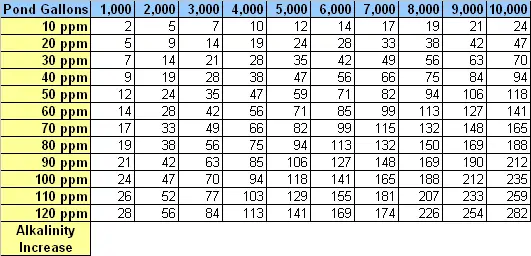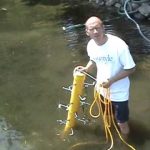Ensuring the optimal pH level in your Koi pond is crucial for the health and well-being of your fish. A balanced pH level helps maintain water quality, promotes fish growth, and prevents diseases. If you notice that the pH level in your Koi pond is too low, there are several effective methods you can use to raise it. Let’s explore some of the best practices for increasing the pH level in your Koi pond.
1. Test the Current pH Level
The first step in raising the pH level in your Koi pond is to test the current pH level. You can use a pH test kit available at most pet stores or garden centers. The ideal pH level for Koi ponds is between 7.0 and 8.5. If the pH level is below this range, it’s time to take action to raise it.
2. Use Baking Soda
Baking soda is a common household item that can be used to raise the pH level in your Koi pond. To use baking soda, dissolve the appropriate amount in a bucket of pond water before adding it to the pond. Start with small amounts and test the pH level regularly to avoid overcorrection.
3. Crushed Coral or Limestone
Crushed coral or limestone can be added to the pond to help raise the pH level naturally. These materials slowly dissolve in the water, releasing minerals that increase the pH level over time. Place the crushed coral or limestone in a mesh bag and submerge it in the pond for gradual pH adjustment.

Credit: premierpond.com
4. Increase Aeration
Poor aeration can lead to a decrease in the pH level of the pond water. By increasing aeration, you can help stabilize the pH level and prevent it from dropping too low. Consider adding a fountain, waterfall, or air pump to improve oxygen levels in the water.

Credit: landscapingbychuck.com
5. Perform Regular Water Changes
Regular water changes are essential for maintaining water quality and pH balance in a Koi pond. By replacing a portion of the water with fresh, clean water, you can dilute any acidic substances and help raise the pH level. Aim to change 10-20% of the water every 1-2 weeks.
6. Monitor and Adjust pH Levels
After implementing any pH-raising methods, it’s crucial to monitor the pH level regularly to ensure it stays within the ideal range. Test the water weekly and make adjustments as needed to maintain a balanced pH level for the health of your Koi fish.
7. Consult with a Professional
If you’re unsure about how to raise the pH level in your Koi pond or if the pH level remains low despite your efforts, consider consulting with a professional pond specialist. They can provide expert advice and recommend specific treatments tailored to your pond’s needs.
Conclusion
Keeping the pH level in your Koi pond within the optimal range is essential for the health and vitality of your fish. By following these tips and methods for raising the pH level, you can create a healthy environment for your Koi to thrive. Remember to test the water regularly, make adjustments as needed, and seek professional help if necessary to ensure your Koi pond remains a safe and enjoyable habitat for your fish.
Remember, a balanced pH level is key to happy and healthy Koi fish!





